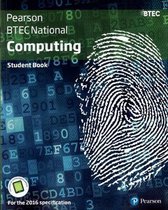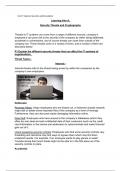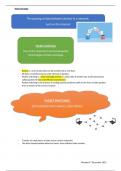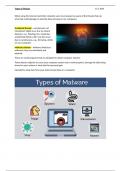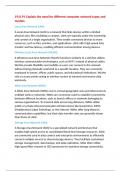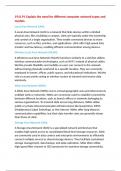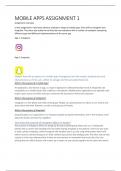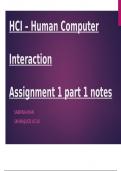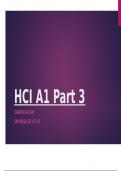Pearson BTEC • Computing
Latest uploads for Computing at Pearson BTEC. Looking for Computing notes at Pearson BTEC? We have lots of notes, study guides and revision notes available for Computing at Pearson BTEC.
-
268
-
2
-
22
Modules Computing at Pearson BTEC
Notes available for the following courses of Computing at Pearson BTEC
- Unit 1 - Principles of Computer Science
- Unit 2 - Fundamentals of Computer Systems
- Unit 3 - Planning and Management of Computing Projects
- Unit 4 - Software Design and Development Project
- Unit 5 - Building Computer Systems*
- Unit 6 - IT Systems Security*
- Unit 7 - IT Systems Security and Encryption
- Unit 8 - Business Applications of Social Media
- Unit 9 - The Impact of Computing
- Unit 10 - Human-computer Interaction
- Unit 11 - Digital Graphics and Animation
- Unit 12 - Digital Audio
- Unit 13 - Digital Video
- Unit 14 - Computer Games Development
- Unit 15 - Website Development
- Unit 16 - Object-oriented Programming
- Unit 17 - Mobile Apps Development
- Unit 18 - Relational Database Development
- Unit 19 - Computer Networking
- Unit 20 - Managing and Supporting Systems
- Unit 21 - Virtualisation
- Unit 22 - Systems Analysis and Design
- Unit 23 - Systems Methodology
- Unit 24 - Software Development*
- Unit 25 - Web Application Development*
- Unit 26 - Programmable Devices and Controllers*
- Unit 27 - 3D Modelling*
- Unit 28 - Computer Forensics*
- Unit 29 - Network Operating Systems*
- Unit 30 - Communication Technologies*
- Unit 31 - Large-scale Data Systems*
- Unit 32 - Business Process Modelling Tools*
Popular books Pearson BTEC • Computing
Latest notes & summaries Pearson BTEC • Computing
Complete Unit 7.1 Assignment with all the learning aims covered. Unit Grade: Distinction DISCLAIMER! I do not recommend copying and pasting this document for your assignment as I have been a student myself and I have uploaded this assignment to TurnItIn. If you copy paste then this might flag up in the system, therefore I recommend you to use this for reference as much as you can but not copy paste. Achieved Grade for this Unit in 2022 Pictures Included too.
As college students embark on their academic journeys, diving into the realm of email protocols unveils the intricate orchestration behind the seemingly simple act of sending and receiving messages. Email protocols serve as the unsung heroes, akin to the behind-the-scenes choreographers ensuring a seamless performance in the digital communication ballet. The Simple Mail Transfer Protocol (SMTP) takes center stage, akin to the director guiding the outbound journey of emails. It is responsible for...
For college students diving into the intricacies of communication in the digital age, understanding how emails work is akin to unlocking a powerful tool that shapes academic and professional interactions. Picture emails as digital letters, traveling through the vast highways of the internet to reach their destinations – whether it be a professor, a classmate, or a potential employer. At its core, an email is a composed message, akin to a letter, accompanied by an address and sent via electroni...
For BTEC Level 2 college students venturing into the realm of information technology, comprehending concepts like data exchange and packet switching is akin to unlocking the gateway to the digital universe. Imagine the digital world as a bustling city, and data exchange as the intricate network of roads connecting different neighborhoods. In this analogy, packet switching is the ingenious traffic management system that ensures the seamless flow of information – much like a city's traffic ligh...
In the dynamic digital landscape that college students navigate daily, understanding the various types of threats, implementing effective protection measures, and prioritizing data protection have become more crucial than ever. Cyber threats are pervasive and diverse, ranging from phishing attacks attempting to trick users into divulging sensitive information to malware designed to exploit vulnerabilities in software systems. As students actively engage with online platforms for academic researc...
19/A.P1 Explain the need for different computer network types and models.
This is the first part of the unit hence why it's called 19.1. It contains all the tasks p1, p2, M1, D1 19/A.P1 Explain the need for different computer network types and models. 19/A.P2 Explain the characteristics and functions of network components. 19/A.M1 Analyse the functions of different network components required to construct different network types. 19/A.D1 Evaluate different network models and their suitability to meet different client requirements.
My document shows you what I wrote and did in my Word to achieve the Distinction grade. Hope it helps!

